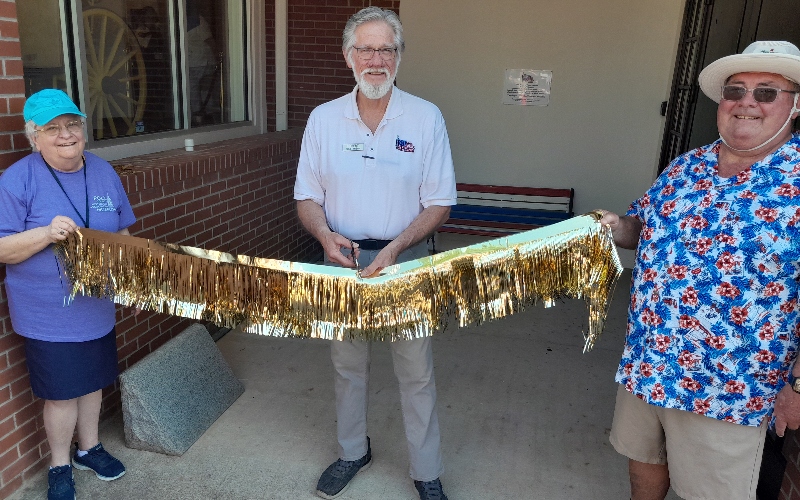Beekeeping is full of surprises
Published 12:22 pm Friday, May 6, 2022
|
Getting your Trinity Audio player ready...
|
The annual spring honeybee swarm season is coming to an end, and as a beekeeper, I am reminded that just when you think you understand bee life, you find out that you don’t.
We are blessed here in Western North Carolina to have some great beekeepers. These men and women have been practicing the ancient art for decades, but even they will tell you that bees are going to do what bees want to do.
Catching a bee swarm is probably one of my favorite pieces of the beekeeper puzzle, and April into early May is the prime time to do that.
Sometimes honeybees pack their bellies and leave their homes en masse in search of a better place to live and raise their families. When they leave, it is a loud swirling cluster of thousands. If you are near, you can’t miss the phenomena. It is a sight to behold.
Once they are airborne, with their queen tucked tight into their innermost sanctum, the cluster heads out in search of a new home. Where they will stop first, nobody knows, but they do seem to find unusual resting places along the way. A fence post, the front tire of a car, barbeque grills, mailboxes, driveway culverts–you name it.
Most often, it seems, they land on a tree branch. If they are easy to reach, you can shake the cluster into a beekeeper’s box, large or small, and take it to an apiary for placement in a hive box.
It’s common for different bee swarms to go to the same branch for years because previous swarms have left beeswax and the queen’s pheromone on the branch.
So my twisty little turn in my beekeeping experience occurred a week ago.
I had retrieved a couple of boxes that our bees had abandoned because they were overrun by wax moths, usually a sign that the colony was weak. Wax moths enter a living hive and lay eggs in the honeycomb. A strong, thriving colony of bees can ward off the moths, but a weak one cannot. In fairly short order, the bees will abandon the hive, and the moths wreak havoc, destroying the honeycomb. If you imagine your dog ripping open your pillow and strewing it everywhere while you’re not around, you get the picture.
I unloaded the wrecked hives in no special order and vowed to take them apart for a thorough ridding of possible moth eggs with a hand-held blowtorch.
A few days later as I was walking past the boxes I saw a few bees and was amused. Silly girls, I thought. A day later, there were a lot of bees coming and going at the entrance of the hive. Holy smokes. Could it be?
I popped open the box. Low and behold, an entire colony–thousands of bees–was at work cleaning up the mess in the hive, dragging moth casings and leftover beeswax to the hive’s front porch.
Will they survive? We’ll see, but meanwhile, I turned their fixer-upper home toward the east and put a bucket of water near them. There’s a huge section of clover nearby, wildflowers are blooming and the trees are going crazy with pollen.
Cross your fingers.
Larry McDermott is a local retired farmer/journalist. Reach him at hardscrabblehollow@gmail.com





